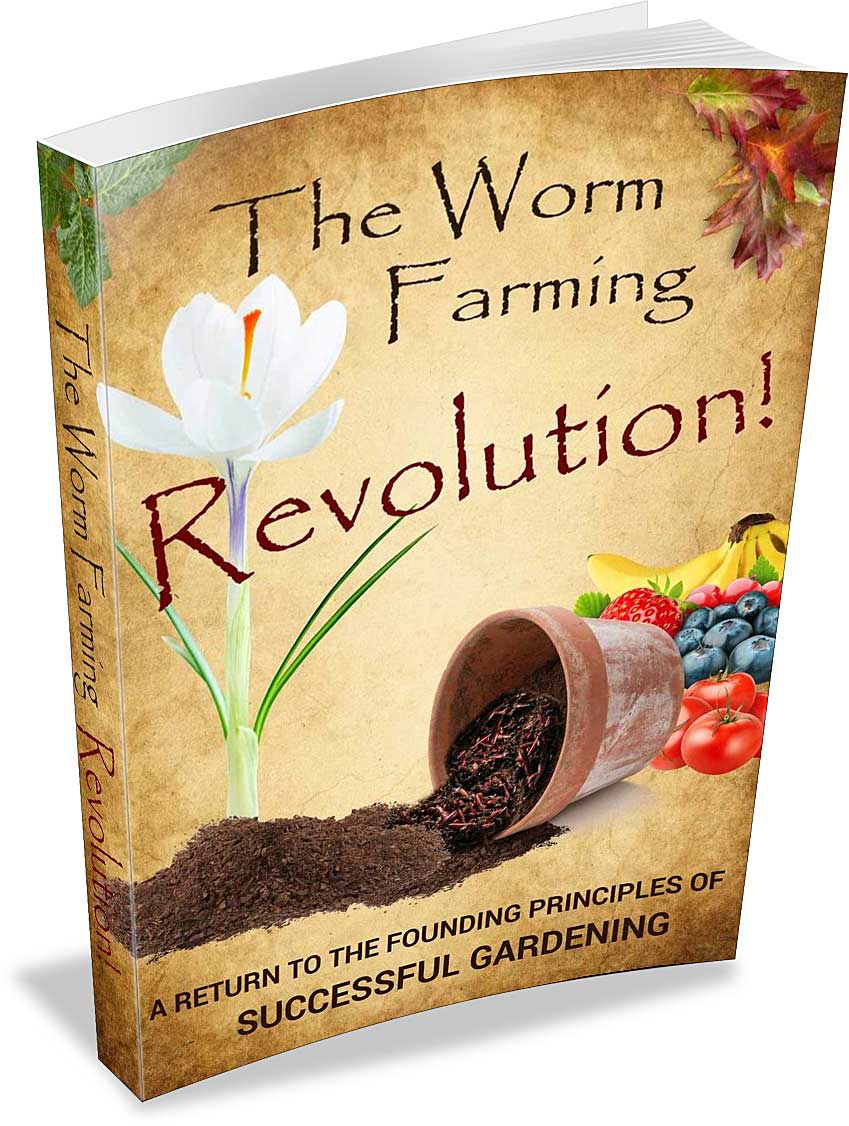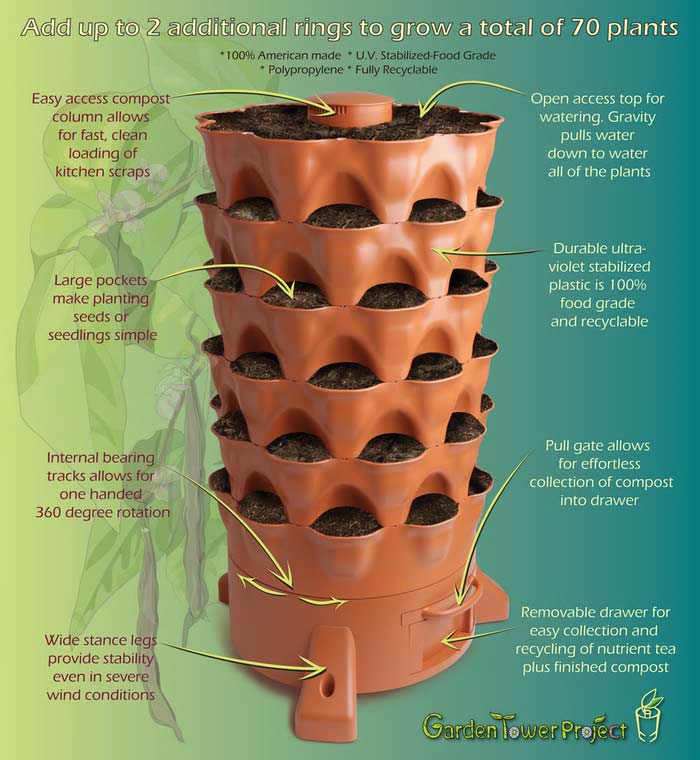Getting rid of maggots
by Peter
(Camden NSW Australia )
We recently had a very hot day, temperature in excess of 40 degrees C, and my shade cloth cover for my worm farm became detached and was blown off and my worm farm was exposed to full sunlight and nearly all of my worms died.
When I opened my farm I was swarmed by flies and despite my attempts to shoo the flies away I now have maggots in my castings.
My question is, before I restock my worm farm should I...a. Try to eliminate the castings infested by maggots?
b. Empty the worm farm and start from scratch?
c. Spray the castings with a domestic fly spray? ( If so what affect would this have on a future worm population?)
d. Ignore the maggots and restock? or
e. Has anyone an alternative suggestion?
I have tried to remove the decaying vegetable scraps to reduce the sustenance for the maggots.











